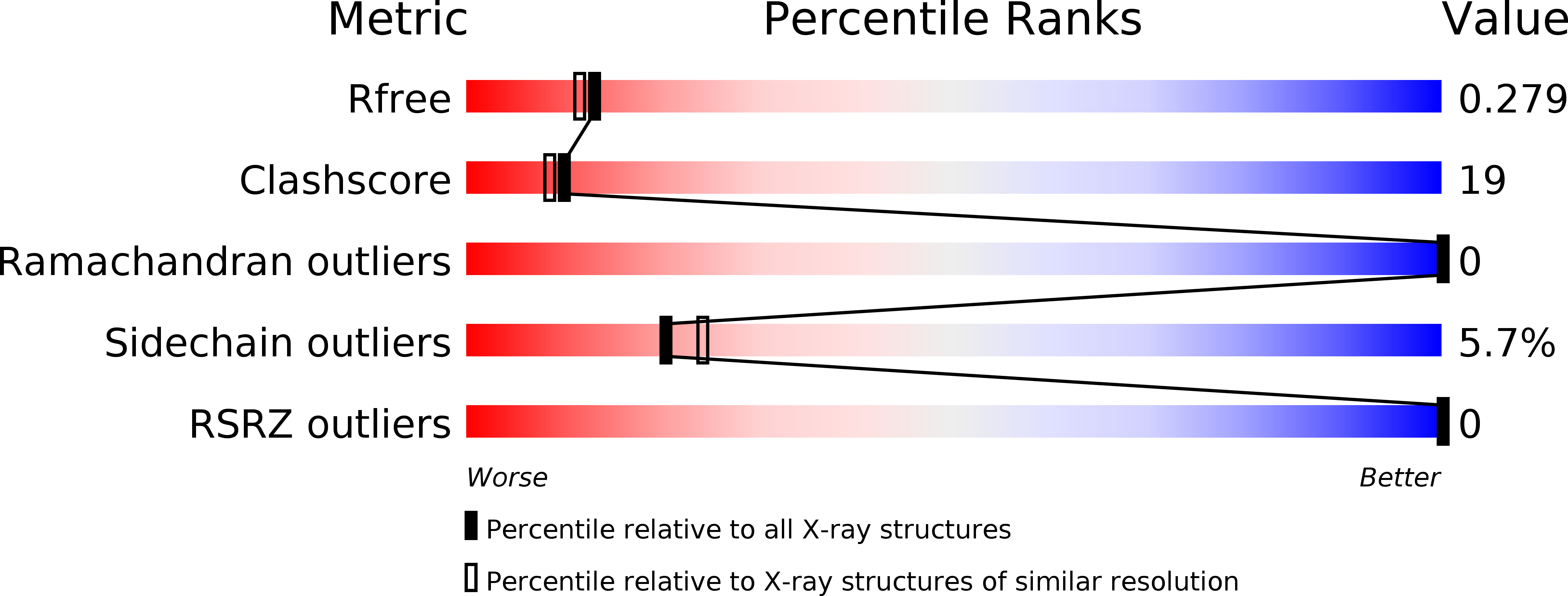
Deposition Date
2001-11-05
Release Date
2003-06-17
Last Version Date
2023-12-27
Entry Detail
PDB ID:
1IS1
Keywords:
Title:
Crystal structure of ribosome recycling factor from Vibrio parahaemolyticus
Biological Source:
Source Organism:
Vibrio parahaemolyticus (Taxon ID: 670)
Host Organism:
Method Details:
Experimental Method:
Resolution:
2.20 Å
R-Value Free:
0.27
R-Value Work:
0.20
Space Group:
H 3 2


